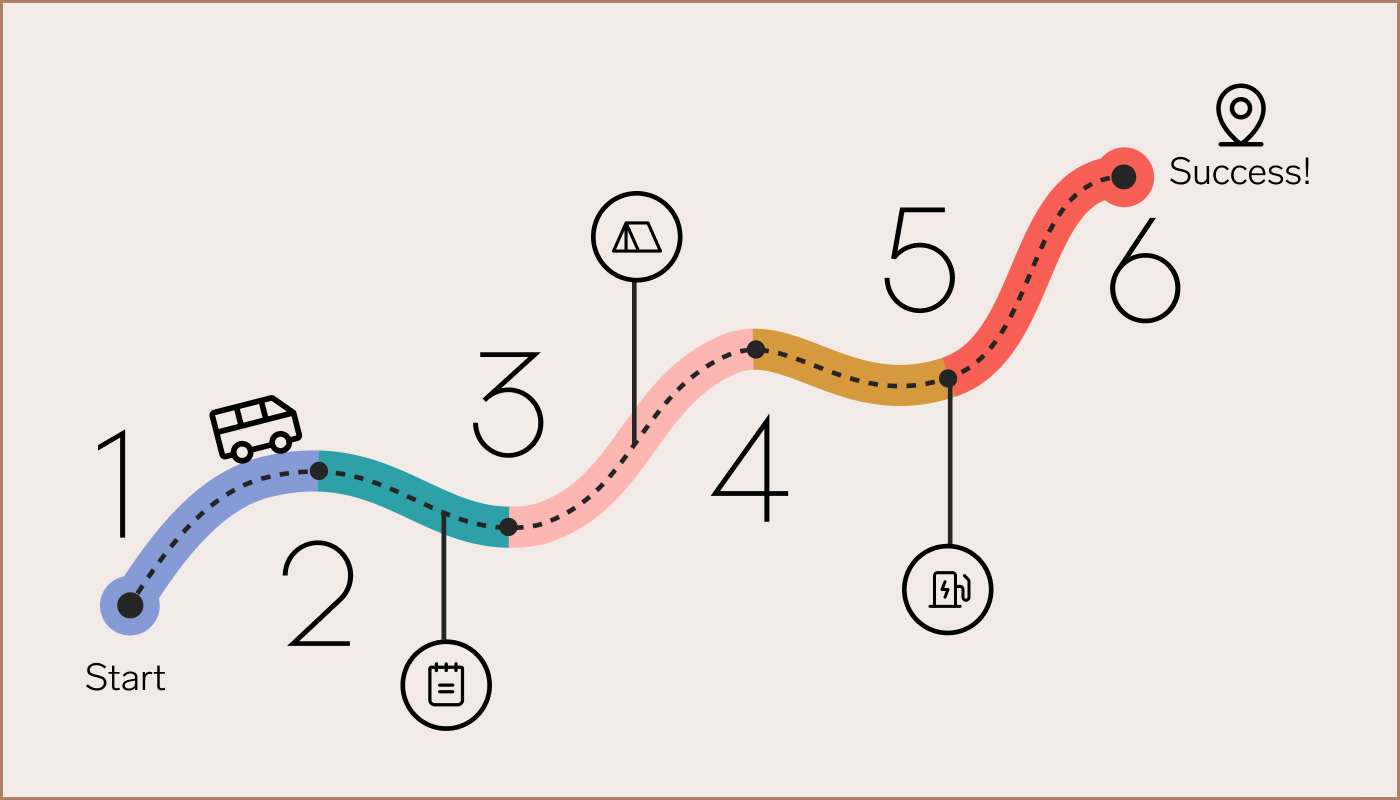By Dr. Sanjay Basu
“The Breakdown” is a series examining the latest developments in health and wellness, sharing what the research says about some of today’s most pressing issues, what it doesn’t, and where we still have more work to do. At Collective Health, we take a rigorous approach to our research to ensure we’re making informed decisions that improve the health of our members. In “The Breakdown,” we’ll share the insights we’ve learned through that process. You can read more about our approach in STAT.
In the United States today, the rate of death from opioid overdose is now higher than the rate of death from car accidents. And overdose deaths in the workplace are on the rise—The Bureau of Labor Statistics (BLS) reported that overdose deaths at work from non-medical use of drugs or alcohol increased for the seventh year in a row in 2019. Every year, prescription opioid abuse accounts for nearly $80 billion in workplace costs from lost productivity, absenteeism, and medical expenses. In all, 75% of employers say they’ve felt the impact of opioid use in their office—yet only 17% feel extremely well prepared to deal with it.
Fortunately, researchers have been hard at work looking at potential solutions to the problem, and some studies offer promising results.
Utilize your PBM prescription drug monitoring program
A pharmacy benefit manager, or PBM, administers prescription drug benefits on behalf of an employer. With their visibility into prescribing practices, they are well positioned to monitor both providers and patients. To be effective, though, PBMs should use a prescription drug monitoring program based on evidence-based dosing guidelines such as those from the CDC, which help identify people based on actual drug potency and risk, not just based on the number of pills dispensed (which can vary in risk because of drug type and formulation). Simply altering the formulary to avoid high-risk opioids has not been shown to work, as people generally game the system by adjusting their prescriptions to other covered drug types.
The takeaway for HR and benefits leaders:
Talk to your PBM about how they’re monitoring opioid use. Are they using evidence-based dosing guidelines? If you don’t use a PBM, consider adding one to help with monitoring.
Providers—including dentists—need to be outreached
One of the ongoing questions in the opioid epidemic is whether all providers are overprescribing opioids or if it is largely a few individuals. Studies indicate that it may, in fact, be the result of a few bad apples. These aren’t limited to specific geographic areas, either—”prolific prescribers” can be found in most places around the U.S. They also aren’t limited to traditional medical doctors—dentists are often a first source of exposure, particularly for younger people. Traditionally, health plans have addressed prolific prescribing by sending out letters suggesting they monitor their prescribing practices; however, there is evidence that this practice is ineffective. To truly cut back on prescribing practices, the providers need to know about the harm they could be doing; for example, when letters are modified to indicate that a patient has been hurt by overdose, prescribers cut back far more than when they just get a generic letter indicating they’re prescribing high opioid doses.
The takeaway for HR and benefits leaders:
Check with your health plan about their strategy for identifying overprescribing providers. Do they have any programs that outreach to providers based on patient outcomes? Does your dental benefit provider also monitor and outreach providers based on opioid prescriptions?
Make sure your workplace is prepared to offer support
While workplace overdoses are on the rise, they are still thankfully rare. Still, employers should be prepared if an emergency overdose situation occurs. First aid kits should be stocked with naloxone (more commonly known as Narcan), which can be purchased by employers without a prescription and can be administered as a nasal spray.
Beyond the workplace, employers should offer benefits that cover medication-assisted treatment. Many employers are aware of traditional medication-assisted treatments like methadone and their downsides (including stigma), but buprenorphine, a newer treatment, is showing promising results—with relatively minimal side effects and very low risk of addiction, abuse, or overdose (especially because it is commonly co-formulated with naloxone). It effectively acts as an oral vaccine for opioids, blocking the receptor that leads to a high from opioids. While it’s readily available from many providers, it does require a special license to dispense (though those of us who are providers have a low bar to get the license, a simple, free online training is now available). Often providers are available and can be found on a special government website, but due to lack of awareness, demand hasn’t kept up with supply.
The takeaway for HR and benefits leaders:
If you don’t already stock naloxone in your office first aid kits, consider adding it. Double check that your health benefits support medication-assisted opioid treatment. Encourage employees to look up local providers who are licensed to provide buprenorphine.
Addiction management programs need to support more than just opioids
While opioids have gotten the lion’s share of attention, non-opioid drug deaths—particularly those for stimulants (like Adderall) and sedatives (like benzodiazepines)—have risen in parallel, increasing 274% between 1999 and 2016. Addiction treatments for non-opioid drugs can be similar to those used with opioids, but monitoring programs often don’t include these drugs because of the lack of attention they’ve received. We commonly see dependence to these substances in high-stress and shift-work occupations.
The takeaway for HR and benefits leaders:
When investigating new or current addiction management programs, take a look at what they offer in terms of targeted treatments. And when instituting a monitoring program, make sure it covers non-opioid drugs—particularly stimulants and benzodiazepines—in addition to opioids.
Opioid addiction is a massive problem in the U.S., and it likely will be for years to come. Still, there is evidence to support employers who want to do something about it. From outreaching providers to providing support for struggling employees and being prepared for emergencies, there are several ways employers can take steps to help their workforce.
At Collective Health, we’re instituting these programs and more, often by following rigorous data processing and analysis guidelines exceeding industry and public-sector standards to proactively identify and outreach prolific prescribers, guide members rapidly to medication-assisted treatment, and conduct rigorous studies to identify the best strategies to prevent and treat behavioral health problems.
In future articles, I’ll share the latest updates on health and benefits-related topics from some of the industry’s leading journals. Sign up for our email newsletter to get more information like this in your inbox.



